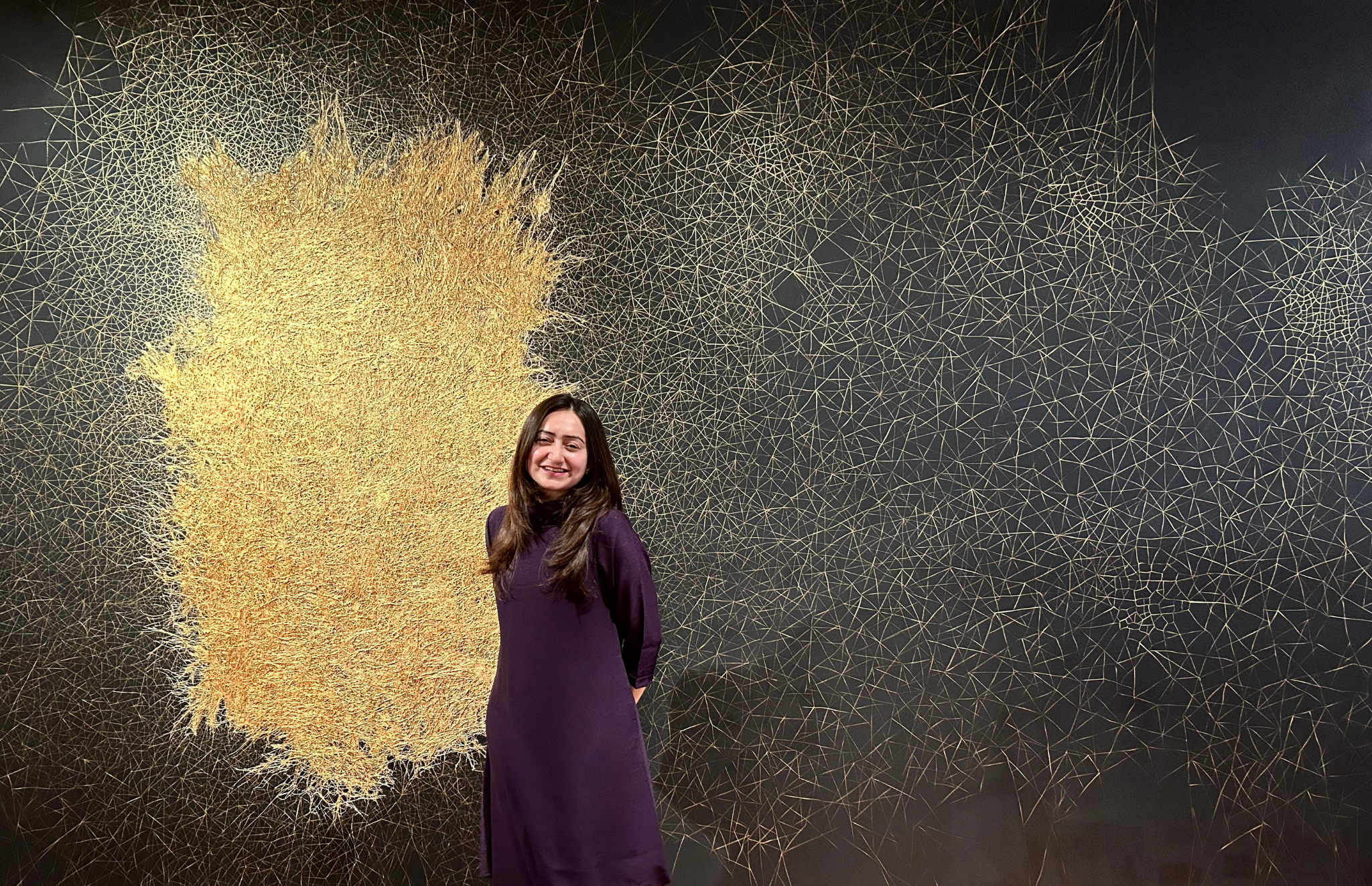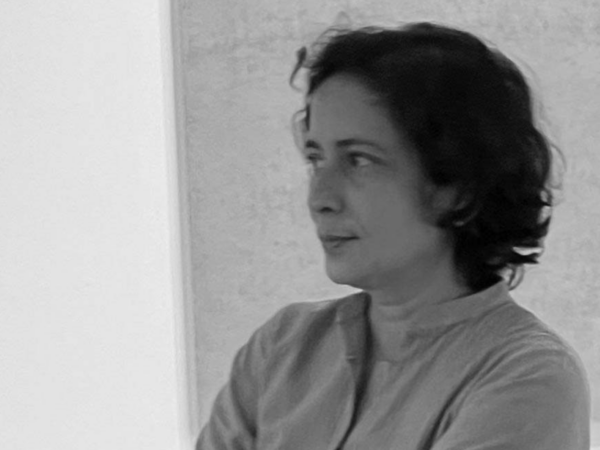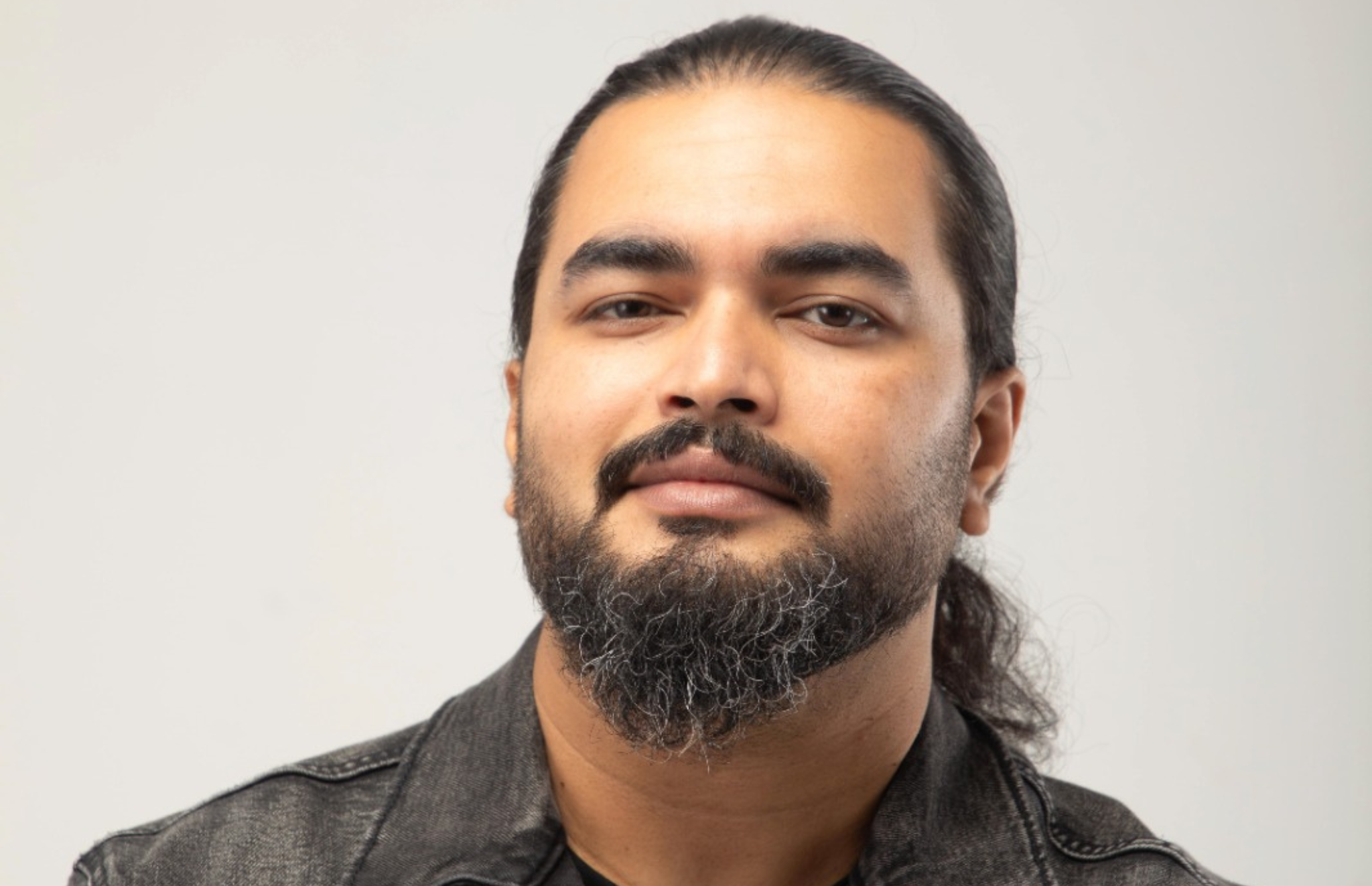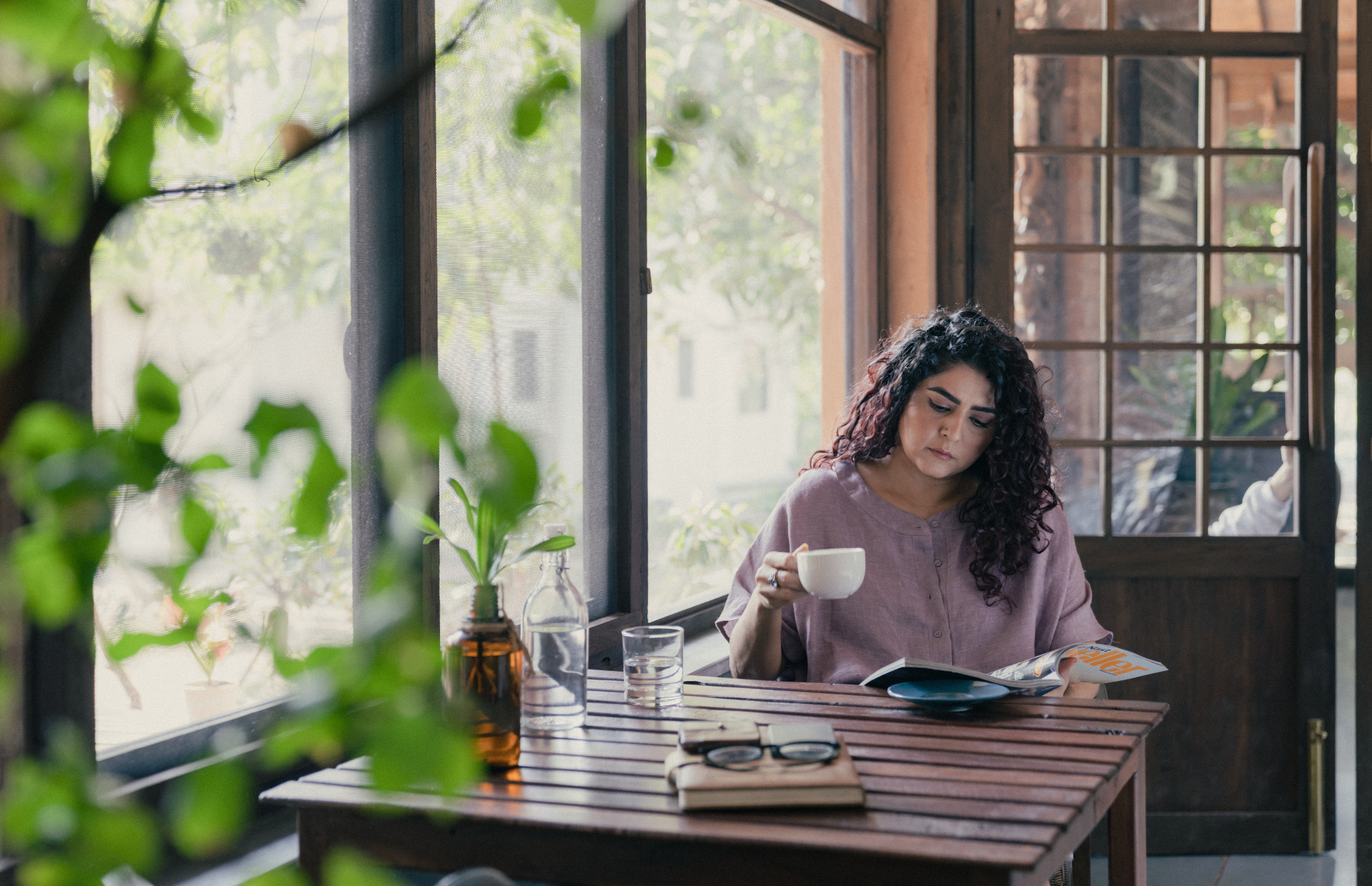Born in 1983, in Tokyo, Keita Miyazaki’s sculptures feature materials whose association suggests strident discord and unfamiliar visual language. Discarded car engine components are welded together and then combined with coloured origami-like folded paper and sewn felt, fashioning sculptures of contradiction and aesthetic intrigue. The juxtaposing of solid and universal materials such as metal against light and fragile paper and felt, escape formal paradigms, rather evoking a sense of post-apocalyptic reconciliation.
Miyazaki completed a PhD in craft metal casting at Tokyo University of the Arts and at the Royal College of Art. His work has been presented in numerous shows in the UK and Japan, including the Victoria and Albert Museum and the Daiwa Foundation in London. The artist lives and works between London and Tokyo.

Photo courtesy: Keita Miyazaki
SP: Your work often merges unexpected materials — such as car parts and delicate paper. What inspired you to combine these contrasting elements in your art?
KM: Each material and object has a different meaning and historical background. I’d like to visually and conceptually face the chemical reactions between materials.
I have always been interested in everything made of metal, and I happened to pick up a car part on a roadside in London and became interested in them. At first, I had no idea where the organically shaped pipe had come from, and it took me a while to realise it was a car. After that, I thought that I could make a sculpture using the car parts, and as I assembled them, I got closer to the form I have now, but I felt that something was missing. Recalling it now, I may have wanted something I could create directly with my own hands. Since it was Christmas, I became interested in honeycomb Christmas ornaments and started mixing them with car parts. Through the selection of materials and the development of techniques, the current form of the work is achieved.

Photo courtesy: Keita Miyazaki
SP: How has your Japanese heritage influenced your artistic style and the themes you explore in your sculptures?
KM: Through my Japanese university study, I learned a wide range of art casting methods from East and West, for example, by learning Japanese traditional metal casting techniques for making mirrors and bells for Buddhist rituals, and Italian plaster casting methods for bronze statues. Using these materials and techniques has fostered my ability to consider continuous history. There are also people who say that Japanese culture, such as Japanese flower arrangement culture and Bonsai, are reflected in my sculptures, although I am not that conscious of it myself. Furthermore I use rusted metal so that it may be related to Wabi-sabi. These are things that are rooted in Japan’s climate and culture, so they may appear naturally in my art works.

Photo courtesy: Akara Contemporary and Keita Miyazaki
SP: Could you walk us through your creative process, from the initial concept to the final installation? How do you decide on the materials and the forms they take?
KM: As my daily practice, I regularly visit several scrap yards and collect car parts, which I clutter up in my studio. When I look at them every day, I can find ways to develop these car parts to imbue life into them. After building up the car parts, I attach paper drawing pieces to the metal structure and consider the shape and size. After making paper parts, they fit into the car parts structure.

Photo courtesy: Akara Contemporary and Keita Miyazaki

Photo courtesy: Akara Contemporary and Keita Miyazaki
SP: “Blooming at the End of the World” was your debut show at Mumbai’s Akara Contemporary. What has been your experience showcasing your work in India, and how do you feel the local audience has responded to your art? Has it been different from showcasing your work elsewhere?
KM: During my first exhibition in Mumbai at Akara Contemporary, I was impressed by the positive attitude of the Indian audience towards Art. Although the interpretation of a work differs from place to place, the universality of visual language is important in terms of creating dialogue. Although there are differences that individuals perceive from their works, I feel that these differences are necessary and important in today’s world.

Photo courtesy: Akara Contemporary and Keita Miyazaki
SP: What are some of the most challenging aspects of your work, and what have been some surprising discoveries or insights you’ve gained through your artistic journey?
KM: Sculpture is based on a dialogue with materials. And it is deeply related to gravity. As works grow larger, they become technically more difficult and require a high level of knowledge and sensitivity towards materials. Although constructing various elements is a difficult aspect, through row materials, scrap metals, and tools allow me to see the world from various directions. Considering between the objects, things that I have created and things that were created by society but are no longer used, I am able to get a glimpse of the way humans live, transcending time and space.

Photo courtesy: Akara Contemporary and Keita Miyazaki
SP: What advice would you like to share with the young and emerging artists who are navigating the art world and finding their artistic voices?
KM: As many artists tell already, it’s about having belief, and continuing your work with this belief. I also think that it is important to not be bound by preconceived ideas, to experiment, to consider the possibilities that arise from them, and to grow.
Image Courtesy: Akara Contemporary and Keita Miyazaki
Find out more about the artist and his artworks:





